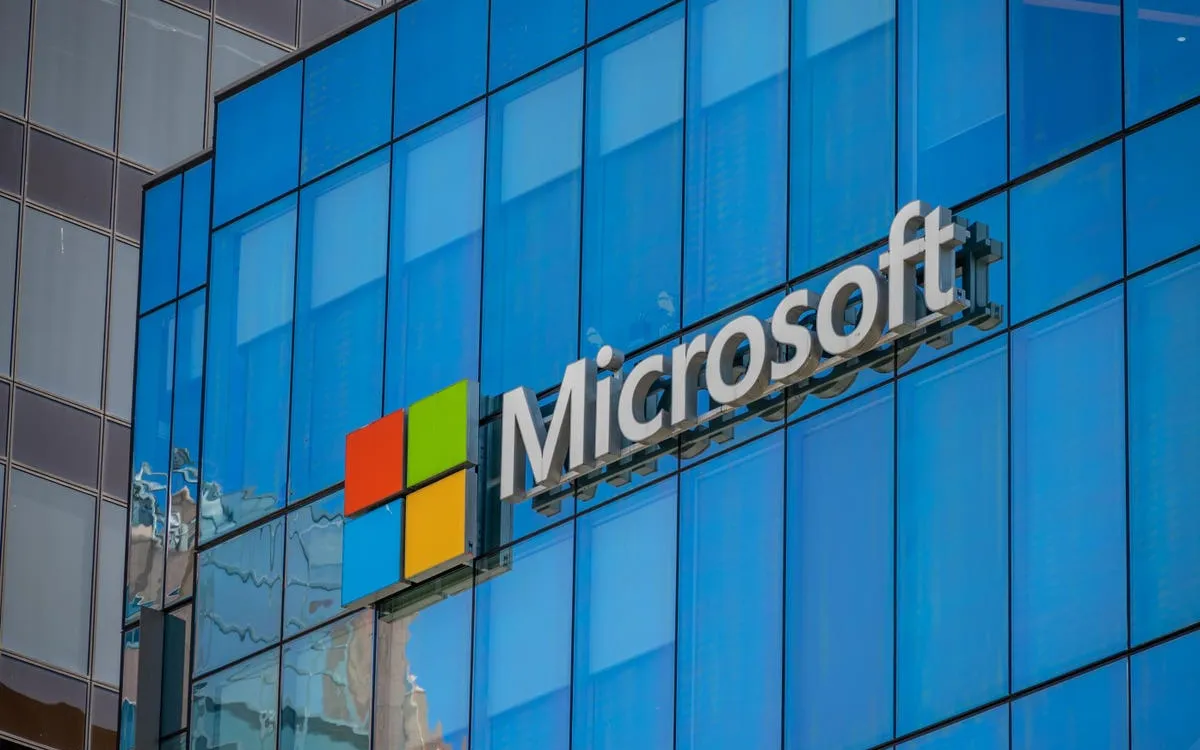
In a bold move signaling a significant strategic pivot, Microsoft has announced a reduction of its workforce by approximately 7,000 employees, which represents about three percent of its total headcount. This decision comes at a time when the tech industry is grappling with concerns over automation and job displacement attributed to artificial intelligence. However, insiders at Microsoft indicate that the rationale behind this adjustment is more complex, focusing on resource optimization and sustained investment in the company's rapidly growing AI platform.
The decision to streamline certain operations is aimed at freeing up capital to bolster Microsoft’s AI-centric strategy. The company has made substantial investments in AI technology, driven by optimism about its potential to enhance productivity, benefit industries, and positively impact society. "We have made huge investments in AI because we are optimistic about what it can do to help people, industry and society, and because we’re committed to bringing technology and people together to realize the promises of AI responsibly," Microsoft stated on its official website.
According to reports from Reuters, it is this robust investment in new AI initiatives—not the automation itself—that has prompted the workforce reduction at Microsoft. CEO Satya Nadella addressed the audience in Silicon Valley, revealing that “maybe 20, 30% of the code that is inside of our repos today, and some of our projects, are probably all written by software.” This statement underscores the increasing reliance on AI in software development.
During the same event, Nadella articulated his vision for Microsoft as a “distillation factory,” where the company would refine large, general-purpose AI models into smaller, specialized, and task-specific models. His commitment to the “democratization of AI” is evident as Microsoft actively develops AI-powered tools and platforms designed for businesses. The integration of AI capabilities into staple products like Microsoft 365, Azure, and Dynamics 365 is a testament to this vision.
Wall Street has reacted favorably to these developments, with Microsoft’s gross profit margins consistently hovering in the high 60% to low 70% range over recent years, making the stock a preferred choice for institutional investors. On Monday, Microsoft shares closed trading at $449.26, marking the highest price this year, though it fell short of the record $467.56 achieved last July. The company recently reported quarterly revenues of $70.07 billion, surpassing Wall Street expectations, further solidifying its financial standing.
Looking ahead, some analysts predict that further layoffs may be inevitable. Analyst Gil Luria suggested that the headcount reduction could be a natural consequence of Microsoft’s significant capital investments in AI. He warned that if the company continues to invest at current levels, it may need to reduce its workforce by at least 10,000 employees annually to compensate for increased depreciation associated with its capital expenditures. This insight indicates a challenging road ahead for Microsoft's workforce in light of its ambitious AI goals.